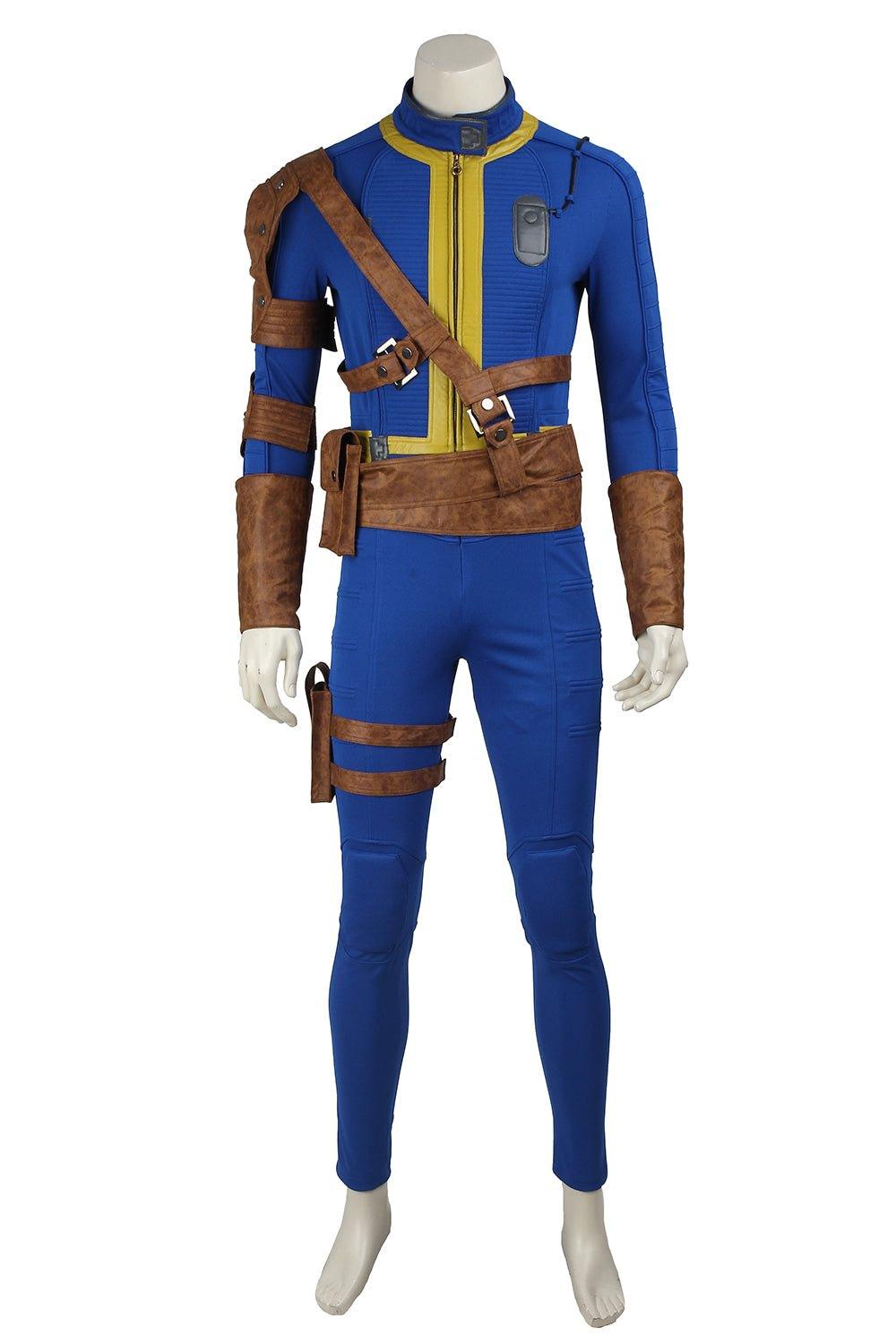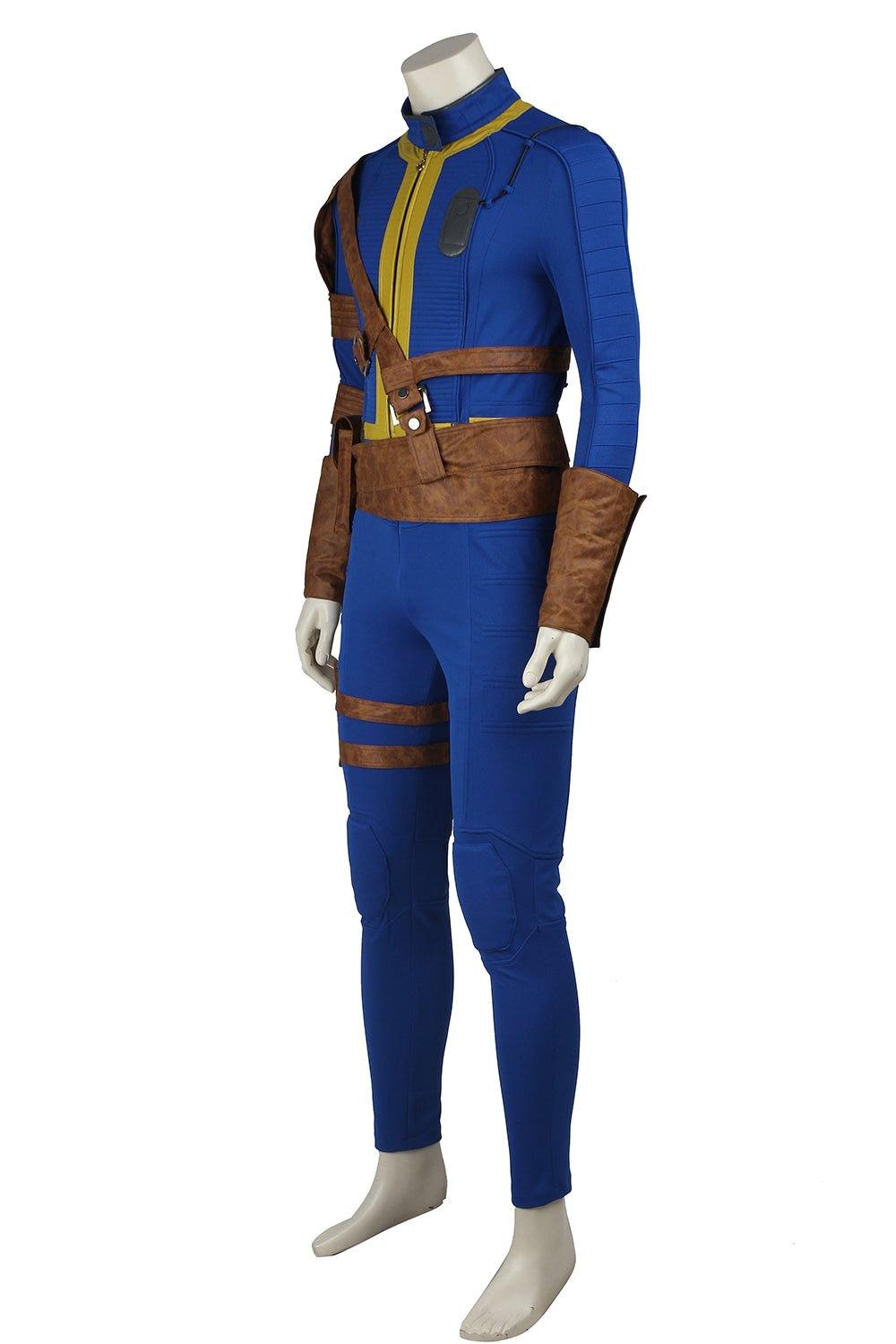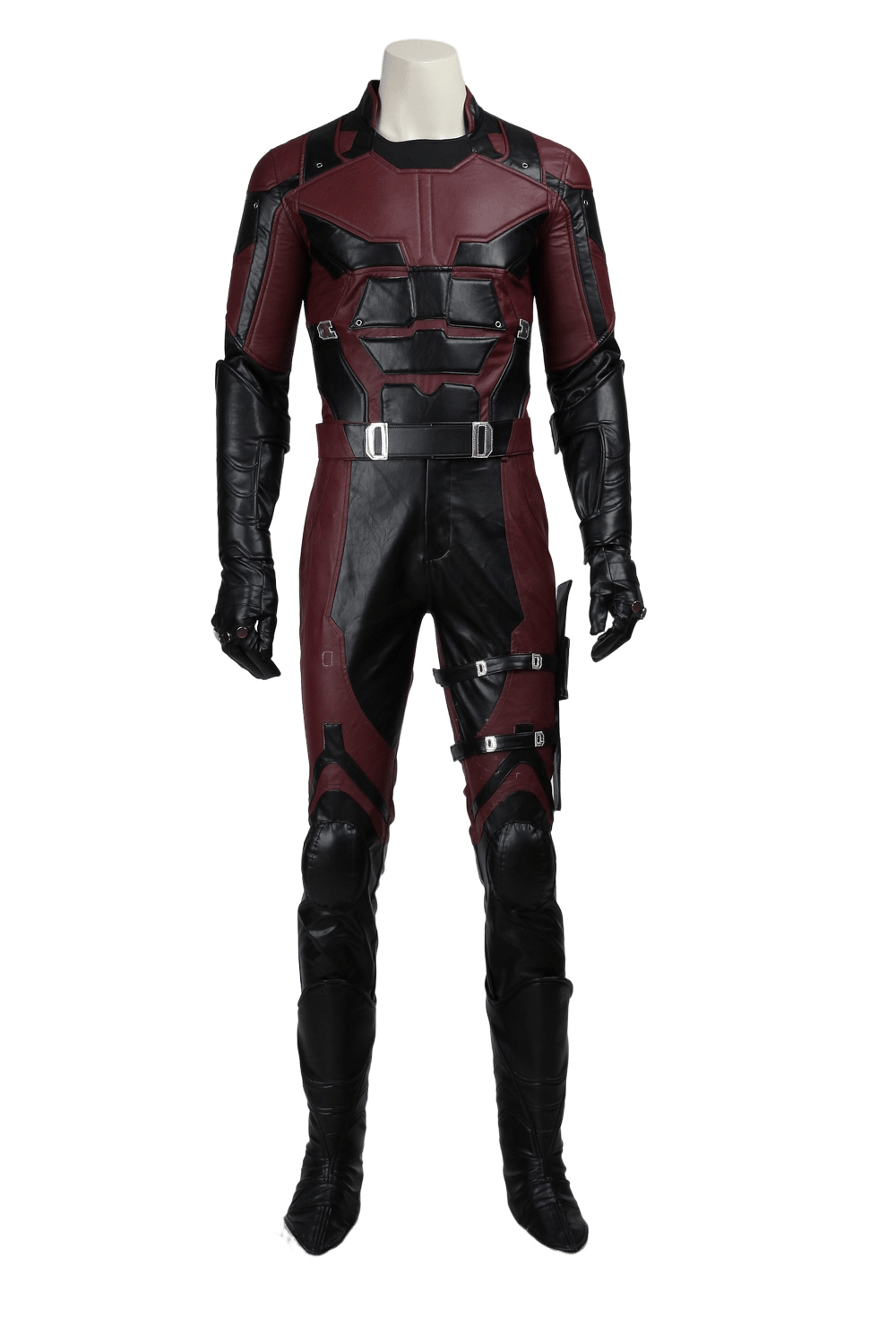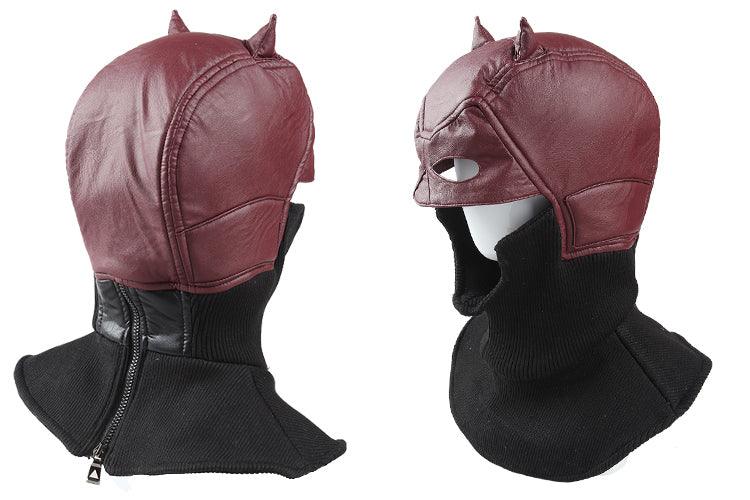Getting Started with Cosplay Sewing
Cosplay, a portmanteau of "costume" and "play," is a popular hobby that involves creating and wearing costumes of fictional characters. Sewing your own cosplay costume can be a rewarding and creative experience. This guide will walk you through the process of sewing a cosplay costume, from planning to final touches.
Choosing Your Character and Design
The first step in creating a cosplay costume is selecting the character you want to portray. Consider characters from anime, video games, movies, or comics that resonate with you. Once you've chosen your character:
-
Research the character's outfit thoroughly
-
Collect reference images from various angles
-
Note any specific details, patterns, or accessories
Gathering Materials and Tools
Before you start sewing, ensure you have all the necessary materials and tools:
Basic sewing tools:
-
Sewing machine
-
Scissors (fabric and paper)
-
Measuring tape
-
Pins and needles
-
Seam ripper
-
Iron and ironing board
Fabrics and notions:
-
Appropriate fabrics for your costume
-
Thread in matching colors
-
Zippers, buttons, or other closures
-
Interfacing (if needed)
-
Elastic (if needed)
Pattern-making supplies:
-
Large paper for drafting patterns
-
Pencils and markers
-
Ruler or straightedge
Selecting the Right Fabrics
Choosing the correct fabrics is crucial for achieving the desired look and functionality of your cosplay costume. Consider the following factors:
-
Appearance: Does the fabric match the character's outfit?
-
Texture: Is the fabric smooth, rough, shiny, or matte?
-
Weight: Will the fabric drape or hold its shape as needed?
-
Stretch: Does the costume require stretch for movement or fit?
-
Comfort: Will the fabric be comfortable to wear for long periods?
Popular fabric choices for cosplay include:
-
Cotton: Breathable and easy to work with
-
Spandex or Lycra: For form-fitting bodysuits
-
Satin or silk: For elegant, flowing garments
-
Faux leather or vinyl: For armor or edgy looks
-
Felt: For simple, non-fraying pieces
Creating or Modifying Patterns
You have several options for obtaining patterns for your cosplay:
-
Use commercial patterns: Some companies like McCall's offer cosplay-specific patterns.
-
Modify existing patterns: Adapt basic clothing patterns to match your character's design.
-
Create custom patterns: Draft your own patterns based on your measurements and the character's design.
For beginners, starting with commercial patterns or modifying existing ones is often easier. As you gain experience, you can move on to creating custom patterns.
Taking Accurate Measurements
Proper measurements are essential for a well-fitting costume. Measure yourself or have someone assist you. Record the following measurements:
-
Chest/bust
-
Waist
-
Hips
-
Shoulder width
-
Arm length
-
Inseam
-
Total height
Remember to wear undergarments similar to what you'll wear with the costume when taking measurements.
Cutting and Preparing Fabric
Once you have your pattern and fabric:
-
Wash and iron your fabric to prevent shrinkage later.
-
Lay out your pattern pieces on the fabric according to the pattern instructions.
-
Pin the pattern pieces securely to the fabric.
-
Cut carefully along the pattern lines, ensuring smooth edges.
-
Transfer any markings from the pattern to the fabric using chalk or fabric markers.
Basic Sewing Techniques
Familiarize yourself with these essential sewing techniques:
Straight stitching: The most common stitch used to join fabric pieces.
Zigzag stitching: Used for finishing raw edges or sewing stretch fabrics.
Basting: Temporary long stitches used to hold pieces in place before final sewing.
Pressing: Use an iron to press seams open for a cleaner finish.
Topstitching: Visible stitching on the outside of the garment for decorative or functional purposes.
Constructing the Costume
Follow these general steps when assembling your costume:
-
Start with the main body pieces, joining them at the shoulders and sides.
-
Attach sleeves if applicable.
-
Add any necessary darts or pleats for shaping.
-
Install zippers or other closures.
-
Hem edges and finish seams.
-
Add decorative elements or trim.
Remember to try on the costume periodically during construction to ensure proper fit and make any necessary adjustments.
Working with Stretch Fabrics
Many cosplay costumes involve form-fitting pieces made from stretch fabrics. When working with these materials:
-
Use a stretch or ballpoint needle in your sewing machine.
-
Employ a zigzag or stretch stitch to allow for movement.
-
Avoid pulling the fabric as you sew to prevent distortion.
-
Consider using a serger for a professional finish on seams.
Creating Armor and Props
For costumes that include armor or rigid elements:
-
Create patterns using foam or cardboard.
-
Transfer patterns to craft foam or EVA foam.
-
Cut out foam pieces and shape them using heat (carefully) or adhesives.
-
Paint and seal the foam pieces.
-
Attach armor to the base costume using velcro or elastic straps.
Adding Details and Embellishments
Enhance your costume with details that bring the character to life:
-
Appliqué: Sew or iron on fabric shapes for designs or emblems.
-
Embroidery: Add intricate designs using a sewing machine or by hand.
-
Beading or sequins: Sew on decorative elements for sparkle and texture.
-
Paint: Use fabric paint for designs that can't be easily sewn.
Fitting and Alterations
As you near completion, do a full fitting of the costume:
-
Put on the entire costume, including any undergarments or foundation pieces.
-
Check for any areas that are too tight or loose.
-
Mark areas that need adjustment.
-
Make necessary alterations, such as taking in seams or letting out hems.
Final Touches and Accessories
Complete your cosplay with these finishing steps:
-
Add any final trims or decorations.
-
Create or purchase accompanying accessories (wigs, props, etc.).
-
Do a final press of the costume to remove any wrinkles.
-
Take photos to document your work and share with the cosplay community.
Tips for Successful Cosplay Sewing
-
Start simple: If you're new to sewing, begin with less complex costumes and work your way up to more challenging projects.
-
Allow plenty of time: Cosplay creation often takes longer than expected, so start well in advance of any conventions or events.
-
Join cosplay communities: Connect with other cosplayers online or in-person for advice, support, and inspiration.
-
Document your process: Take photos or videos as you work on your costume. This can be helpful for future reference and for sharing your progress with others.
-
Be flexible: Sometimes, you may need to adapt your plans or find creative solutions to challenges that arise during the costume-making process.
-
Practice makes perfect: Don't be discouraged if your first attempts aren't perfect. Sewing skills improve with practice and experience.
-
Invest in quality tools: While you don't need the most expensive equipment, having reliable tools can make the sewing process much smoother.
-
Learn to modify patterns: The ability to alter existing patterns to fit your needs is a valuable skill in cosplay creation.
-
Experiment with different fabrics: Try working with various materials to expand your skills and find what works best for different costume elements.
-
Take care of your costume: Learn proper cleaning and storage techniques to ensure your hard work lasts for multiple wears.
Resources for Cosplay Sewing
To further develop your cosplay sewing skills, consider these resources:
-
Online tutorials: Websites like CrazeCosplay.com offer a wealth of DIY costume ideas and tutorials for various skill levels.
-
Cosplay books: "The Book of Cosplay Sewing" by Kamui Cosplay provides step-by-step guides for creating costumes, from basic techniques to more advanced projects.
-
Sewing classes: Look for local sewing classes or workshops specifically geared towards cosplay creation.
-
Cosplay forums and social media: Join online communities where you can ask questions, share your work, and learn from experienced cosplayers.
-
Fabric stores: Many fabric stores offer classes or workshops on sewing techniques that can be applied to cosplay.
-
Cosplay conventions: Attend conventions to see other costumes up close and potentially participate in cosplay construction workshops.
By following this guide and continually practicing your skills, you'll be well on your way to creating impressive cosplay costumes. Remember that cosplay is about creativity, self-expression, and having fun, so don't be afraid to put your own spin on your favorite characters. With patience and dedication, you'll soon be bringing your favorite fictional characters to life through the art of cosplay sewing.







